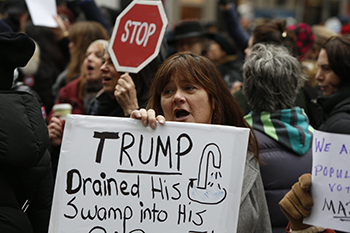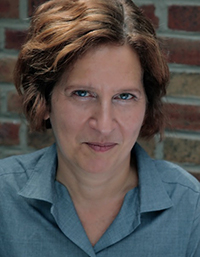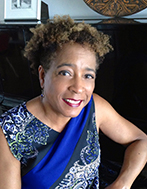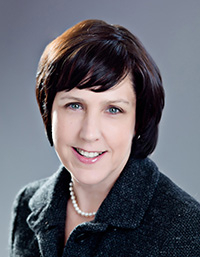Rutgers Experts Weigh in on Women's March
Hundreds of thousands expected to descend on nation's capital in massive public protest

Tomorrow Donald Trump will be sworn in as the 45th president of the United States of America.
The following day, hundreds of thousands of women of all colors, religions, orientations, ages and classes are expected to descend on Washington, D.C., cities and state capitals across the country in a massive show of public protest.
How did a Hawaiian grandmother’s suggestion on social media the day after the election spiral into the Women’s March on Washington? Is this form of public protest still effective and, if so, what do organizers hope to accomplish?
To answer these questions about Saturday’s marches, Rutgers Today turned to three university experts in the fields of American women’s studies, history and politics.

The national park service issues 1,600 applications for marches on Washington each year. What has to happen for this one to be considered a success?
I’m sure there’s bound to be at least a couple hundred thousand marchers. I think the sheer presence of so many people sends a message. That so many of us are deeply upset about an incoming president even before he takes office says a lot about the kind of campaign he ran, the circumstances under which he was elected, and what he’s done since he was elected – particularly the kind of appointees he has named.
What do the marchers hope to achieve? Shock and awe the incoming administration or solidify and energize the base?
I think all of the above. We’re putting Trump on notice about his politics and public statements, which have been deeply misogynistic, and which threatened many of the things we hold dear – not only as women, but as American citizens and human beings. It’s an opportunity to create solidarity among people who are deeply unhappy with this incoming president. At this point the march is largely symbolic, but after the march there will certainly be many concrete activities and events at the local and national level.

This election cycle exposed a deep divide among Americans. In contrast, the organizers of this weekend’s march are focused on unifying women of all walks of life to champion multiple causes – including reproductive, LGBTQIA, worker, immigrant, civil, survivor and disability rights. Is this inclusivity in a march unprecedented and can an event with so many causes achieve its goals?
I think it remains to be seen. What I do know is that you have people trying, desperately trying, to reach across, to stretch themselves, to open up their thinking, their identity, to embrace people of different religions, different nationalities, different races and different sexualities. It’s just not going to happen overnight. As a historian, I can definitely see the progression. Trump left people with so much regret that it might springboard a whole movement where people do a lot more stretching across race, class, gender and sexuality than ever before. We’ve always taken steps backward before we take steps forward.
What purpose do marches serve in the advent of social media, where likeminded people from across the nation and the globe can organize behind causes without having to rent busses or meet face-to-face?
Marches are a tactic of a bygone era. But it’s a tradition that is steeped in the American tradition of protest. Marches are a time for people to go and stand with each other, for various people to be in a majority for a day and to feel what they believe others like them feel. I really do think that people miss that in this day in age. When people stand shoulder-to-shoulder and get to talk to people who they think are like them things happen.

Have you seen this uptick in interest in Ready to Run® during previous presidential elections? And do you think this Women’s March has the potential to build on that interest.
It is about this moment. We’ve been holding Ready to Run® programs for over 15 years and we’ve never seen anything like this before. It’s a clear indication that women are looking for a way to have a voice in this new political environment. We’re hearing from women who’ve never been involved in politics before. They want the tools to help them get their message out there, to voice their concerns on the political stage and to be effective advocates for issues they care about. Women are responding not just to the election of Donald Trump and the defeat of Hilary Clinton, but to a deep concern that their voices won’t be heard. They want to make sure that doesn’t happen.
What’s next?
To be effective, the march in Washington and the affiliated marches across the country need to be a first step. Saturday is the first full day of Donald Trump’s presidency. For the next four years progressives and moderates are going to need to work to make sure that the progress that has been made on issues they care about is not undone by the new administration. The question I have is what next steps will the thousands of women who are mobilized this weekend take? What will the march organizers ask of everyone who participates? That is the real challenge.
For media inquiries, contact Lisa Intrabartola at 848-932-0554 or lintrabartola@ucm.rutgers.edu.